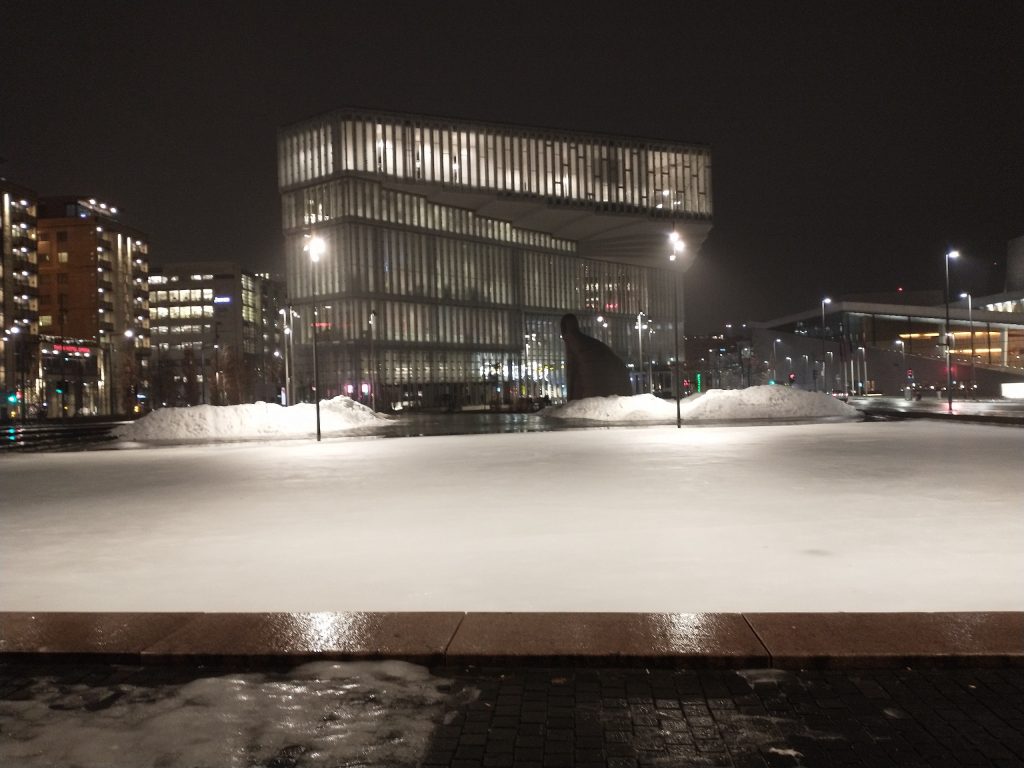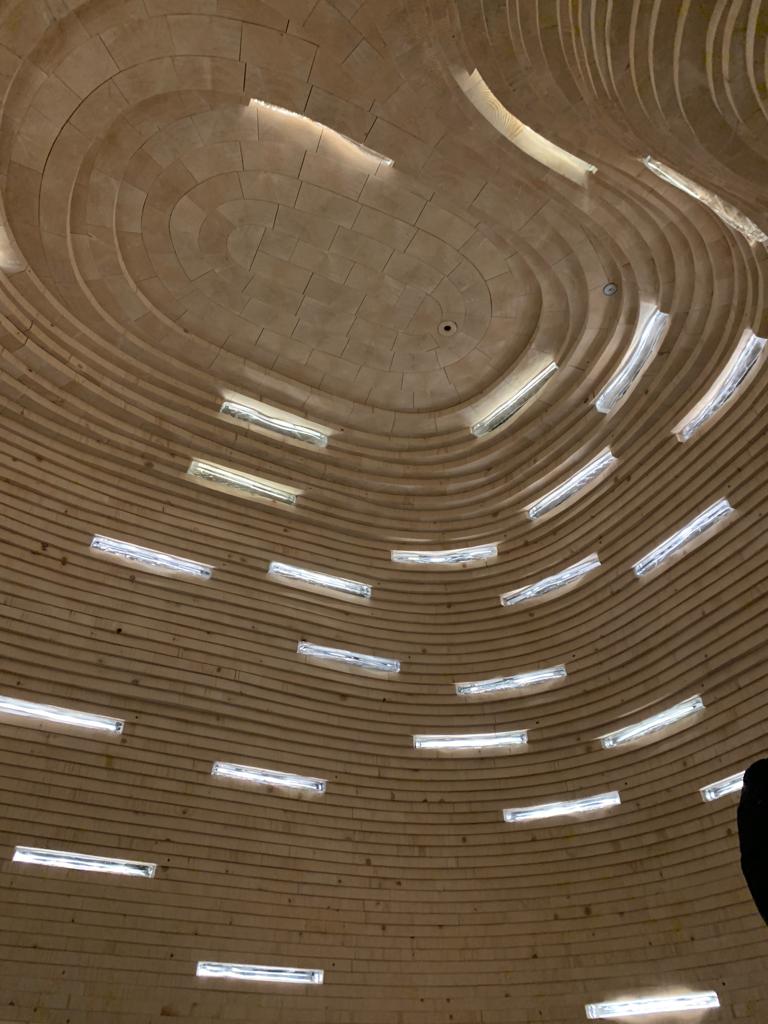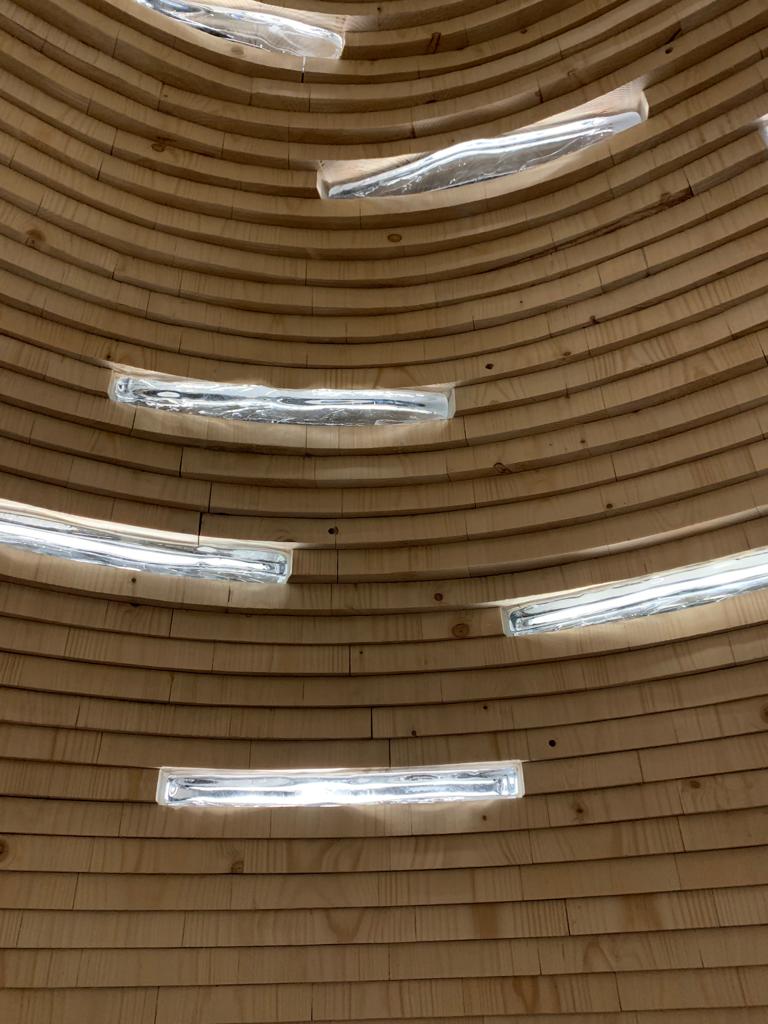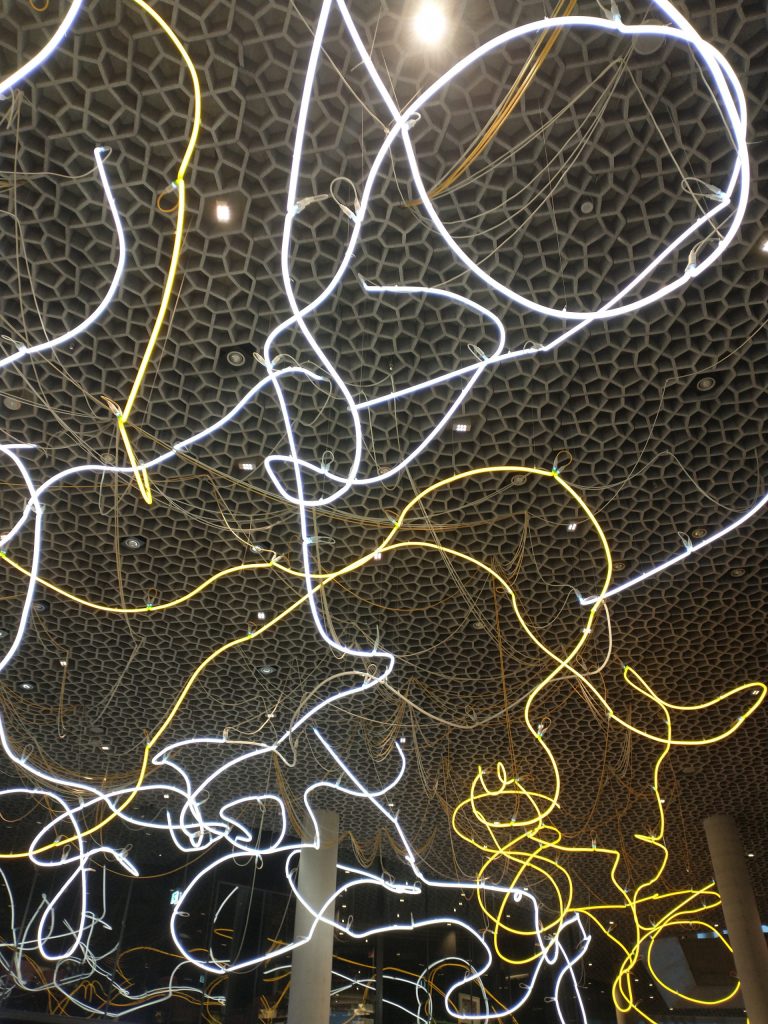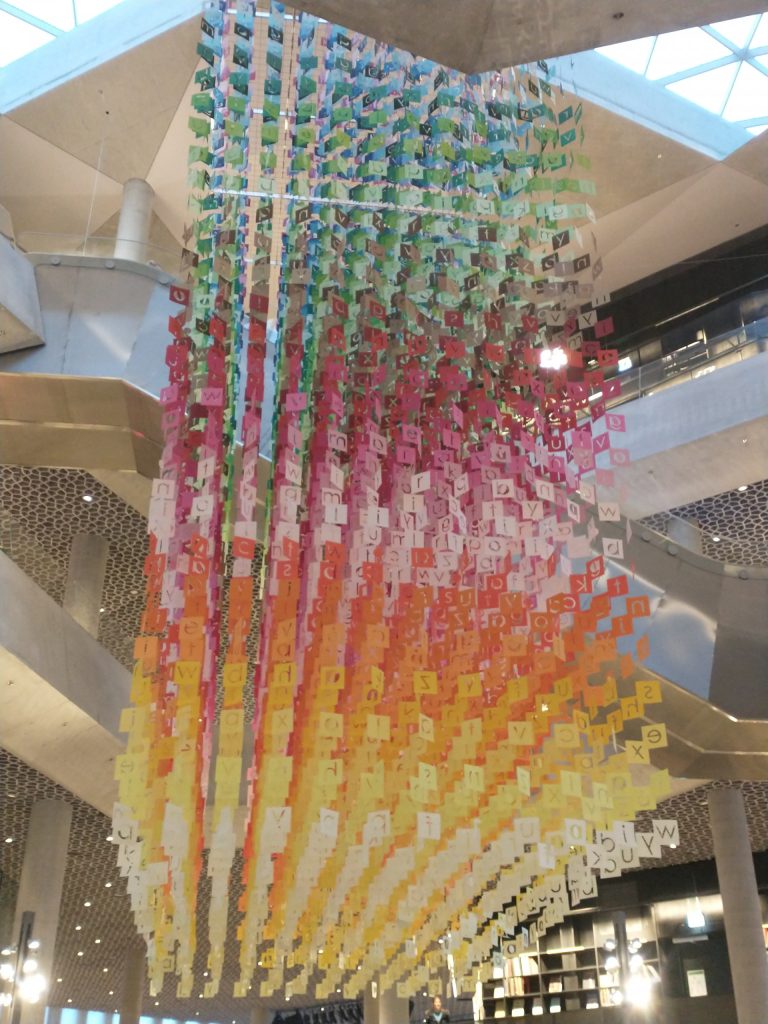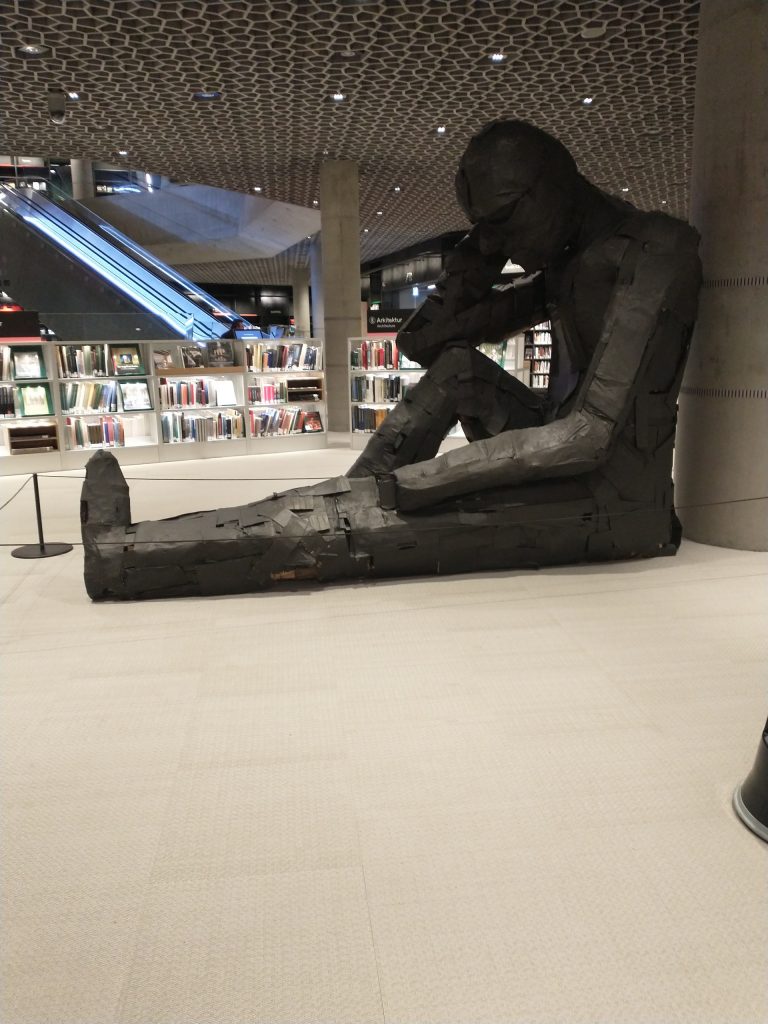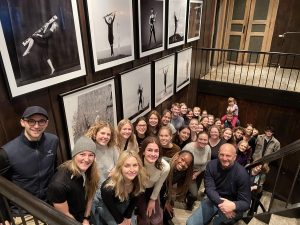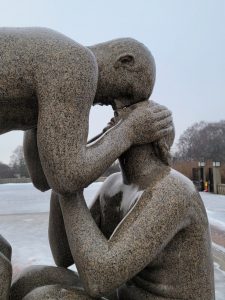
Say the word “sculpture” and your mind might conjure up some clay you played with as a child, pieces depicting some Greek god or goddess, or even an abstract piece on a college campus. In Vigeland Sculpture Park however, “sculpture” calls to mind human relationships, aging, birth and death. Gustav Vigeland portrayed incredibly tender scenes which contrasted with moments of boisterous behavior in others. While I can’t speak to what his intention was with these various scenes, I can speak to the depth of human and emotional nuance present. Even in his depictions of babies, viewers see happiness and anger, pre-birth and crawling. Walking amongst the towering pieces there are scenes depicting a father playing with his daughter, a young man and woman engaged in conflict, a mother carrying her young daughter and a multitude of other screenshots in life.
After the trek along this path of moments frozen in time, a series of sculptures depicting a romantic relationship occurs in a four part progression. The first we see is from infanthood towards adolescence, the playfulness of youth and the confusion of puberty. Next is what we might call young love, from a honeymoon phase into the depths of pain and joy that can be felt in partnering yourself with someone else. The third installment depicts a transition to parenthood with the final segment as a nod to legacy through lineage, ultimately inevitable death is marked by the skeleton in the tree.
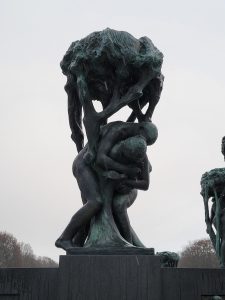
The penultimate moment is coming up to the monolith that has been acting as a beacon along this journey. The monolith itself is constructed as a pile of bodies, male and female, young and old; similar to the mixture within the monolith, the sculptures placed around the base of it display interactions between young and old, clusters of children, parents, couples, friends, echoing the beginning of the journey seeing moments of time set in stone.
The human body is in itself a piece of art, crafted to keep us alive and it continues to do so through the many experiences of life. It continues on in even the anxiety, the pain, the joy, the happiness; in the face of aging and the looming of time and death. These sculptures don’t necessarily focus on the human body in its prime, but really the emphasis is less on the naked depictions than it is about the experiences our body allows us to have in how we interact with the world, ourselves and other people. Human relationships make up one of the biggest components of the human experience and Vigeland manages to capture the grey and complexity of human relationships.
